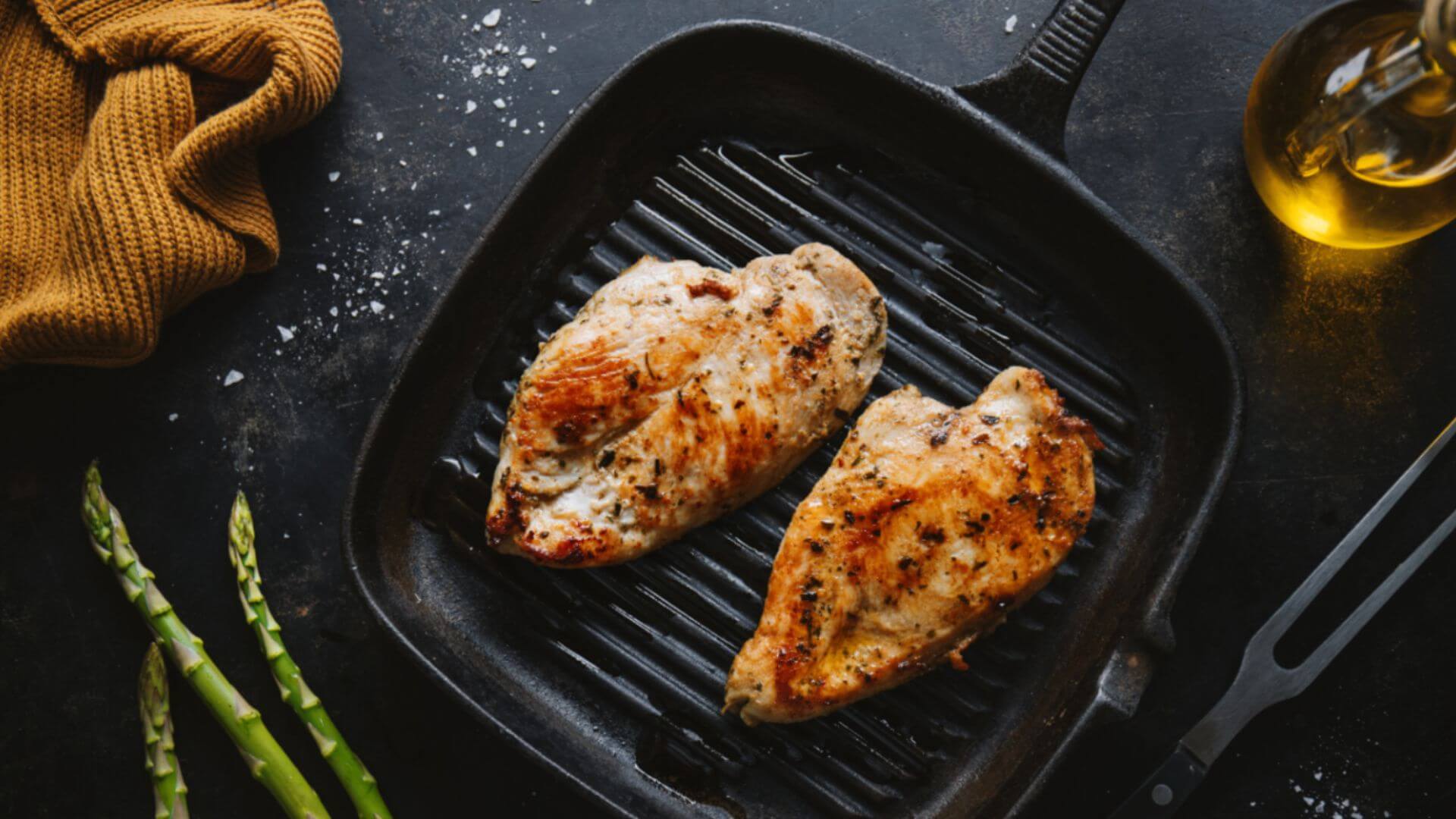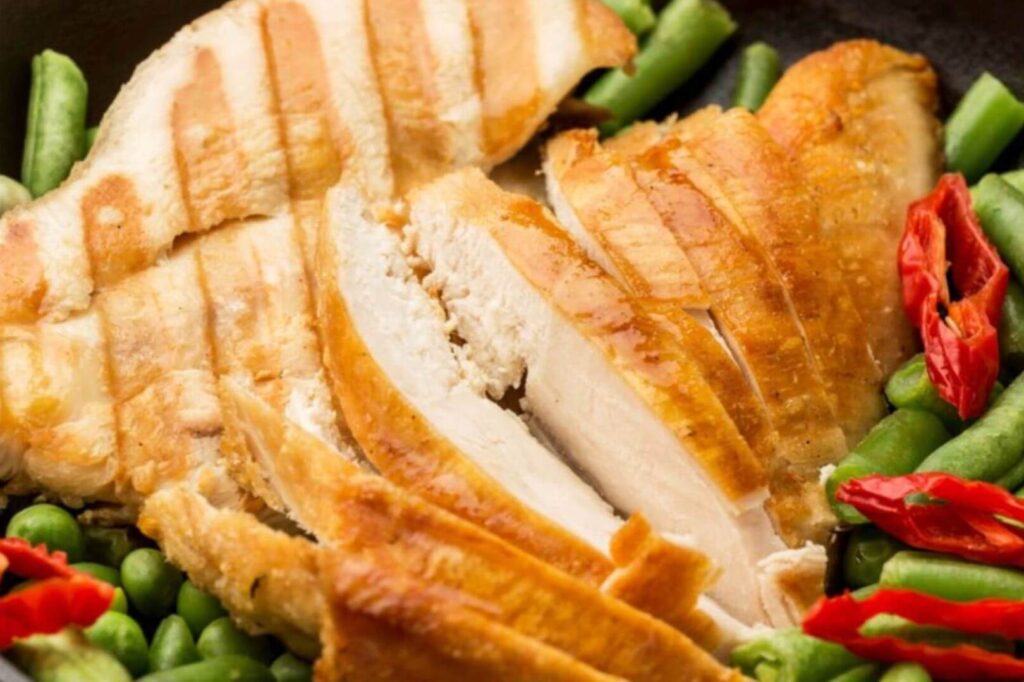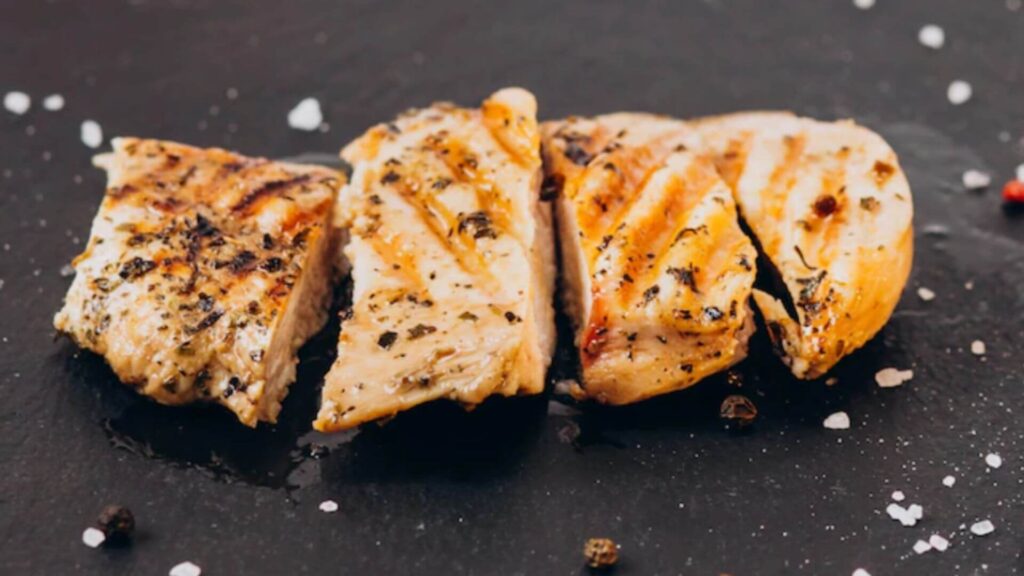
Ever wondered what went wrong with your cardboard chicken breast? Now you can’t even look at chicken the same way without the reminder that you’re in for a very grainy cardboard box lunch. Do you trudge through hard chewing and jaw hurting? Well, fret not and steel your nerves, iron brothers and sisters.
Let’s talk about the relationship between residual heat and the carryover cooking method as I call it, and what role “resting” plays in the culinary process. I’ll give you some tips and tricks and cheat codes to triumph over the next weight cut for summer.
Imagine you’re pan-searing a piece of chicken breast. Now most, if not all, of the Pinoys I know that aren’t well-trained cook meat in the pan or fire till it’s done. BUT! To actually do so is a disservice to the animal that laid its life down for our gainz. The concept of residual heat tells us that if you take it out from the fire already cooked fully, the very high external temperatures introduced to the product will still continuously penetrate the insides that are already done further, leaving you with a dry and hardened slab of protein
So how do we apply this in a home cooking setting?
Before we get started on cooking, first make sure to pat dry your chicken breasts before seasoning it with salt and pepper. This ensures that your chicken won’t be watery and removes
a barrier of moisture getting in the way of the product and the heat source.
This is crucial in developing a good crust and surface color. Worst case scenario, if you put your chicken down in a not-so-hot pan, it’ll just release water and steam itself and you’ll still try to get a good browning on it and now it’s all F’ed up and overcooked.

When you cook chicken breasts, always note that you have to take it out before it’s done in the pan, resting can be as easy as just taking it out and letting it warm down a bit for 4-6 minutes depending on its thickness. An advanced method is wrapping it in foil or putting it on timeout in between two plates or bowls to get that temperature flowing inside and out and carry-over cooking it off of the pan. During this breather, the internal temperature balances, juices spread throughout the meat cut, and flavors meld into peak form. This is where we separate the men from the boys in the kitchen.

Remember, every cooking method has its ups and downs, so just keep experimenting with cooking times and you’ll eventually get the hang of it. Quick cheats would be stabbing your chicken breasts with small knife holes while you’re still practicing to keep the margin for error smaller, or covering it with a plate to semi-steam it over low heat just to build confidence. Better to make a million mistakes and learn something from it than keep banging your head in the wall and eating food you’re miserable with.
So there you have it! Hopefully, the Masala Maker can keep giving you small tidbits like this as it comes to mind. MASALA MAKER OUT!


